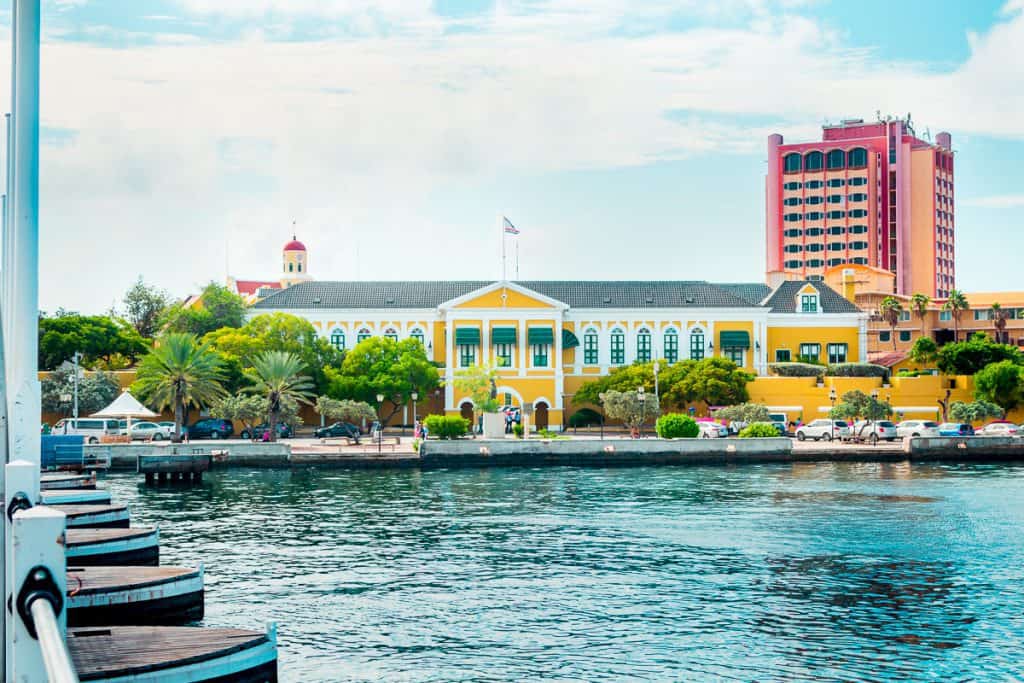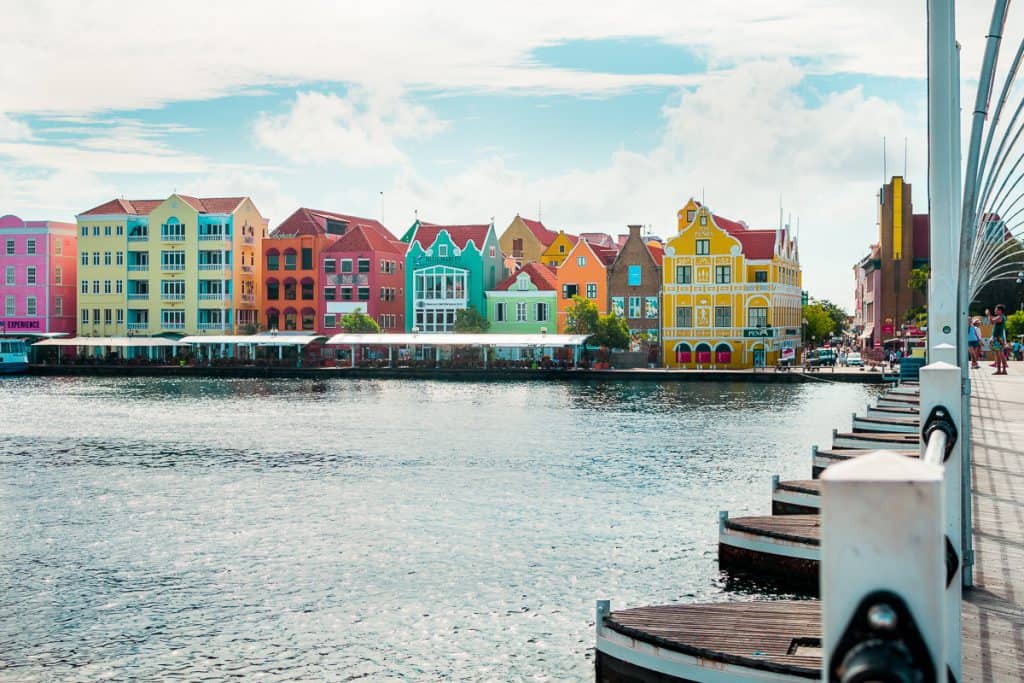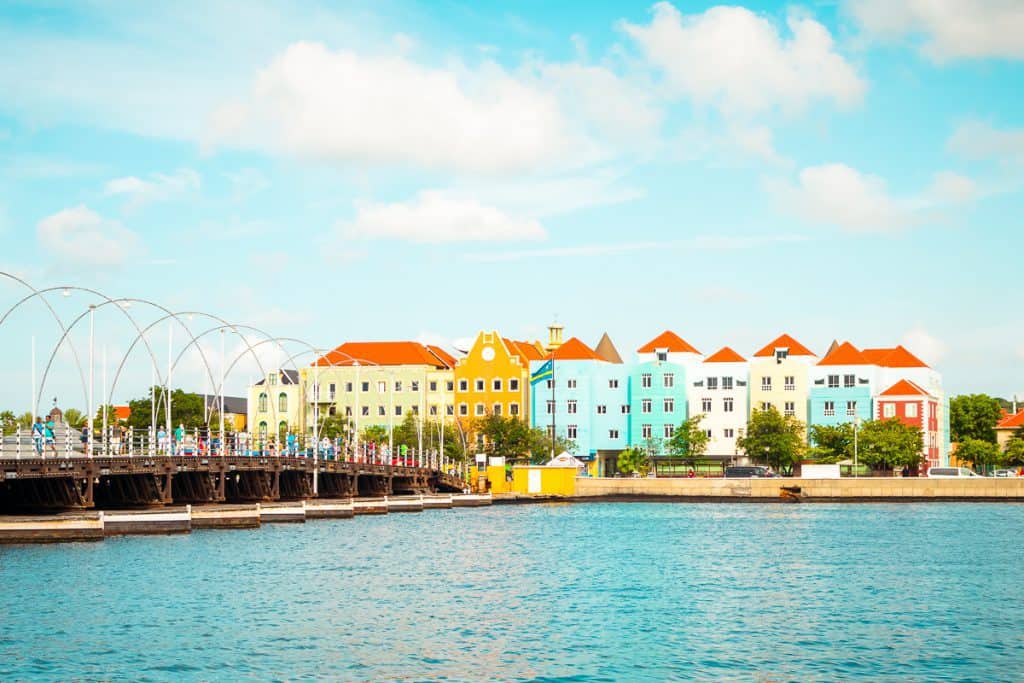If you want to wonder the beauty of Curaçao in one glance, then Willemstad is the place where you can marvel every color of the island, every trace of history left behind, and the details of the culture. Willemstad is the capital of Curaçao, the city center, the historic area of the island, the old harbor, and a UNESCO world heritage site. It’s the beating heart of Curaçao! Willemstad Curaçao has a rich story and I’m going to tell you all about it.
The History of Willemstad Curaçao
After the Dutch achieved independence from Spain, they started looking for ways to establish bases in the Caribbean area. The island was at that time in Spanish possession, but they saw little value in the island since there was no gold on the island.
In 1634, the Dutch took over the island and saw big potential in the area that is now known as Willemstad. In between Punda and Otrobanda, there is the Sint Anna Bay. This bay stretches all the way to the middle of the island, connecting the Caribbean Sea to a deep natural dock called Schottegat. Due to this natural harbor and the location of the island in the Caribbean Sea, the Dutch West India Company decided to start a trade and commerce business on Curaçao.
The first building that was built in Willemstad was the Fort Amsterdam, in Punda, just across the Queen Emma Bridge. Today, Fort Amsterdam is home of the governor of Curaçao and some government offices. Adding the first construction in Punda was the beginning of the development of Willemstad.
Willemstad as a Trading Epicenter
Commerce, shipping, and slave trading became an important money source for Curaçao. The Dutch established a few plantations around the island, but it was salt-mining and the export of salt that was the actual money-making industry (and later on slave trade).
The Handelskade in Punda Willemstad was used as a docking station to load and unload goods and slaves. The buildings in the back were Dutch-style warehouses where they would store all the goods.
The Dutch West India Company started to grow profitably. Slave trade became a booming business and the port of Curaçao was an important player in the trading industry. Slaves were brought to Curaçao from Africa, through the harbor in Willemstad, to be sold to other countries in the American continent. Curaçao was the assembly point.










